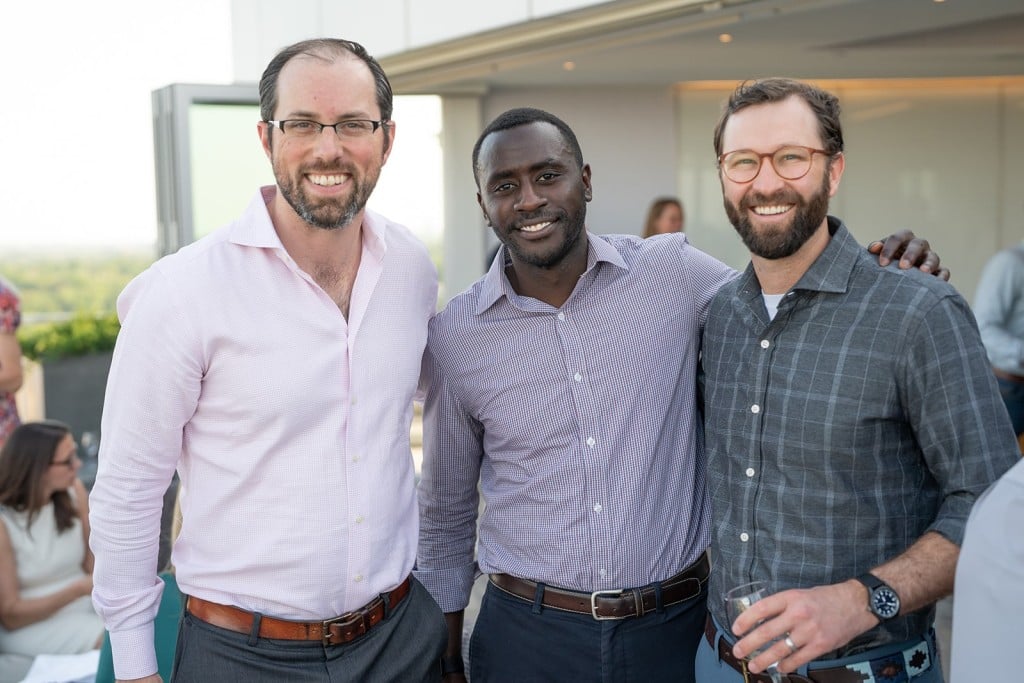Related Articles
In 2023, we have followed key healthcare technology trends that are reshaping the healthcare industry, as well as the influence these trends have on consumers, providers, and insurance companies.
The coronavirus pandemic introduced many challenges to the U.S. healthcare industry and highlighted opportunities for innovation within all parts of the system. In 2023, startups have continued to emerge that are addressing these opportunities through the use of technology. In this review, we look back at the first half of 2023 to examine topics, such as early disease detection, chronic disease management, data analytics and insights, and generative AI. As health plans increasingly focus on value-based care and consumers gain access to more insights about their health, healthcare providers must find better ways to manage larger patient populations and generate better insights about patient health.
In the tables below, we summarize key healthcare technology themes that are reshaping the healthcare industry. We also explore how these trends influence major stakeholders, including the healthcare consumer, healthcare providers, and healthcare insurance companies.
Key Investment Themes
Theme | Description |
|---|---|
Early Disease Detection | Companies are training machine learning models to identify diseases such as cancer, heart disease, lung
disease, and Alzheimer’s earlier than ever before. Comprehensive data sets are required to train these models
and are often difficult to obtain. |
Chronic Disease Management | Consumer and medical devices can simplify chronic disease management by enabling patients to collect health
data at home and check in with medical professionals via telehealth. New technology could enhance medication
and treatment adherence and improve patient health conditions. |
Hybrid Care Delivery | The coronavirus pandemic necessitated flexible delivery of healthcare, including telehealth and in-home care. |
Mental and Behavioral Health | There are not enough mental health practitioners to meet the post-pandemic increased demand for mental
health services. It is critical to provide ways to augment the capabilities of practitioners, including chat support
and self-help tools for use outside of one-on-one sessions and new technologies, such as virtual reality (VR) and augmented reality (AR), to address specific conditions. |
Actionable Health Data | Consumers increasingly have access to more health and fitness data through wearable
technology, sensors, and other devices. Companies that can derive useful and actionable insights from the data could provide users with actionable health information that would complement traditional medical care. |
Virtual Reality and Augmented
Reality | As VR and AR devices continue to improve, physicians and patients can benefit more from real-life simulations.
These include mental health applications for reducing stress and anxiety, patient education before or after
surgical procedures, and physician education and training. |
Remote Patient Monitoring (RPM)
and Population Management | More healthcare systems are entering value-based-care (VBC) arrangements in which they receive payments
based on the patients’ treatment results instead of the quantity of service provided. These systems will need to manage larger patient populations and focus on improving service quality to decrease costs. New technology, such as RPM, can provide alerts and insights on the highest-risk patients. |
Generative Artificial Intelligence
(AI) for Healthcare Providers | Large language models could enable physicians to interact more conversationally with electronic medical
records (EMRs) and other medical software. |
Digital Patient-Interaction and
Web Portals | Consumers are encountering more web portals and platforms where they deal with all medical-related issues,
such as completing forms, paying bills, booking appointments, and attending telehealth sessions. As large
payors and newer entrants such as Amazon and CVS build broader healthcare offerings, the ability to create a
common portal for all uses will be increasingly valuable to make the experience user-friendly. |
AI-Driven Assessments | Machine learning models could deliver more insights into disease severity by observing eye movements, facial
expressions, speech, and physical motions. In some cases, these observations can be taken from a smartphone,
enabling quicker and easier analysis of physical and mental illness. |
Disclosures:
The views expressed are the opinion of Sands Capital and are not intended as a forecast, a guarantee of future results, investment recommendations, or an offer to buy or sell any securities. The views expressed were current as of the date indicated and are subject to change. This material may contain forward-looking statements, which are subject to uncertainty and contingencies outside of Sands Capital’s control. All investments are subject to market risk, including the possible loss of principal. Readers should not place undue reliance upon these forward-looking statements. There is no guarantee that Sands Capital will meet its stated goals. Past performance is not indicative of future results. References to companies provided for illustrative purposes only. The specific securities portfolio holdings identified and described do not represent all of the securities purchased, sold, or recommended for advisory clients. There is no assurance that any securities discussed will remain in the portfolio or that securities sold have not been repurchased. You should not assume that any investment is or will be profitable.
References to “we,” “us,” “our,” and “Sands Capital” refer collectively to Sands Capital Management, LLC, which provides investment advisory services with respect to Sands Capital’s public market investment strategies, and Sands Capital Ventures, LLC, which provides investment advisory services with respect to Sands Capital’s private market investment strategies, including the Global Innovation strategy, which is available only to qualified investors. As the context requires, the term “Sands Capital” may refer to such entities individually or collectively.
As of October 1, 2021, Sands Capital was redefined to be the combination of Sands Capital Management, LLC and Sands Capital Ventures. Both firms are registered investment advisers with the United States Securities and Exchange Commission in accordance with the Investment Advisers Act of 1940. The two registered investment advisers are combined to be one firm and are doing business as Sands Capital. Sands Capital operates as a distinct business organization, retains discretion over the assets between the two registered investment advisers, and has autonomy over the total investment decision-making process.
This material is for informational purposes only and does not constitute an offer, invitation, or recommendation to buy, sell, subscribe for, or issue any securities. The material is based on information that we consider correct, and any estimates, opinions, conclusions, or recommendations contained in this communication are reasonably held or made at the time of compilation. However, no warranty is made as to the accuracy or reliability of any estimates, opinions, conclusions, or recommendations. It should not be construed as investment, legal, or tax advice and may not be reproduced or distributed to any person.
In the United Kingdom, this communication is issued by Sands Capital Advisors – UK Ltd (“Sands UK”) and approved by Robert Quinn Advisory LLP, which is authorised and regulated by the UK Financial Conduct Authority (“FCA”). Sands UK is an Appointed Representative of Robert Quinn Advisory LLP. This material constitutes a financial promotion for the purposes of the Financial Services and Markets Act 2000 (the “Act”) and the handbook of rules and guidance issued from time to time by the FCA (the “FCA Rules”). This material is for information purposes only and does not constitute an offer to subscribe for or purchase of any financial instrument. Sands UK neither provides investment advice to, nor receives and transmits orders from, persons to whom this material is communicated, nor does it carry on any other activities with or for such persons that constitute “MiFID or equivalent third country business” for the purposes of the FCA Rules. All information provided is not warranted as to completeness or accuracy and is subject to change without notice. This communication and any investment or service to which this material may relate is exclusively intended for persons who are Professional Clients or Eligible Counterparties for the purposes of the FCA Rules and other persons should not act or rely on it. This communication is not intended for use by any person or entity in any jurisdiction or country where such distribution or use would be contrary to local law or regulation.













